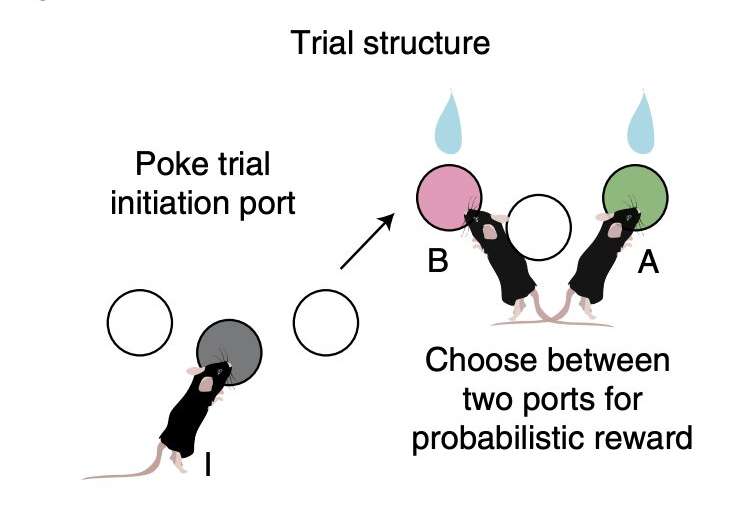clomid sperm morphology


When humans and animals face a specific situation or problem, they typically have an overall idea of how to approach it. For instance, when walking into a shop, humans will know that they should tell a shop assistant what they are looking for or simply browse the products available, pay for any items they wish to purchase, and leave. Similarly, an animal might know what to do in the presence of a predator, a potential mate, viagra canadian pharmacy or when trying to gather food in a specific environment.
This general idea of how to approach a given problem or situation stems from past experiences or acquired knowledge. While many studies have tried to determine the neural underpinnings of this ability to apply past knowledge to the specifics of a new situations, many questions remain unanswered.
A team of researchers at University of Oxford and University College London have recently shed some new light on the neural processes underlying the ability of humans and animals to adapt the way in which they approach problems based on past experiences. Their paper, published in Nature Neuroscience, highlights the crucial role of two key brain regions, namely the prefrontal cortex and hippocampus.
“Humans and other animals effortlessly generalize prior knowledge to solve novel problems, by abstracting common structure and mapping it onto new sensorimotor specifics,” Veronika Samborska, James L. Butler, Mark E. Walton, Timothy E. J. Behrens, and Thomas Akam wrote in their paper. “To investigate how the brain achieves this, we trained mice on a series of reversal learning problems that shared the same structure but had different physical implementations.”
In their experiments, Samborska and her colleagues wished to test the hypothesis that while an animal is tackling a problem, abstracted or schematic representations in the prefrontal cortex are flexibly linked with sensorimotor characteristics of the environment that the animal is in. This allows the animal to construct concrete representations of the task they completed in the hippocampus, which can then be retrieved while tackling similar tasks or when in similar environments.
To do this, the researchers exposed a group of mice to a series of problems with the same abstract structure but with slightly different physical locations of things. They then recorded single units in the prefrontal cortex and hippocampus while the mice tackled these problems and examined the neuronal representations resulting from each trial, both in the medial prefrontal cortex and in the hippocampus.
As they had anticipated, the mice’s ability to tackle new but similar problems consistently improved over time, which suggests that they were able to apply the knowledge they acquired in previous trials to new ones. Their findings also identify differences between the neuronal representations produced in the mPFC and those produced in the hippocampus as the mice tackled in the experiment.
“Neurons in medial prefrontal cortex (mPFC) maintained similar representations across problems despite their different sensorimotor correlates, whereas hippocampal (dCA1) representations were more strongly influenced by the specifics of each problem,” Samborska and her colleagues explained in their paper. “This was true for both representations of the events that comprised each trial and those that integrated choices and outcomes over multiple trials to guide an animal’s decisions.”
The recent findings gathered by this team of researchers offer new valuable insight about the roles of the PFC and hippocampus in the ability of animals to tackle new problems based on prior knowledge. In the future, their work could pave the way for new studies examining the complementary role of these two brain regions further, improving the understanding of how the transfer of prior knowledge to new tasks occurs in the brain.
Source: Read Full Article